What are the most influential children’s books of all time? Well, that depends on a few definitions.
First, what do I mean by children’s book? For the purposes of this list, I mean a book whose intended readership is beginning readers (approximately age six to eight) up to younger teens, with some crossover into YA likely because A, those lines are blurry anyway, and B, many of these titles predate current age categories in publishing. But generally speaking, these books are categorized now as middle grade.
A less precise questions is, what do I mean by influential? There are many ways to influence — one might influence the reader and society, while another might influence what publishing as an industry tries to do, and the books that come after. If a book influences one reader, whether it is to give them a mirror to see themself or a window to understand others, it is influential, but I have attempted here to look at broader influence. Please note that if I say one book influenced another, I do not necessarily mean that it did so directly! I don’t have any author’s reading lists memorized.
Without (much) further ado, these 30 titles are representative of the most influential children’s books of all time, but cannot possibly be the entire list of those books. I’ve left off several titles because another title was influential in a similar way, or because the author has shown their entire ass and lost the right to be called influential. Some books influence greatly and then all but vanish from our collective memory, their lasting impression no longer including the book itself — those are omitted due only to my lack of omnipotence. Also please note that most of these books won awards, and I have listed only a very few of those here.
One final note — I am a U.S. American and grew up reading American children’s classics, along with a few influential titles that made their way over from the UK but very few other countries’ titles. Although I have made every effort to be inclusive, it would be absolutely fair to say that the influence I refer to in this list is influence on American readers and American publishing, and this list would look very different if someone else, and especially someone from somewhere else, wrote it.
The Most Influential Children’s Books of All Time
The Wonderful Wizard of Oz by L. Frank Baum (1900)
I highly doubt this was the first portal fantasy aimed at children, but it has been one of the longest enduring and most beloved portal fantasies of all time, and has influenced readers and authors for over 120 years. Some portal fantasies that have come since include The Lion, the Witch and the Wardrobe and The Girl Who Circumnavigated Fairyland in a Ship of Her Own Making.
Five Children and It by E. Nesbit (1902)
A group of children discover a strange creature that can grant wishes, but the outcome of the wishes varies greatly based on their ability to figure out the system. Possibly inspired by Aladdin’s story in The Thousand and One Nights, this book went on to influence books like Half Magic and The Gauntlet.
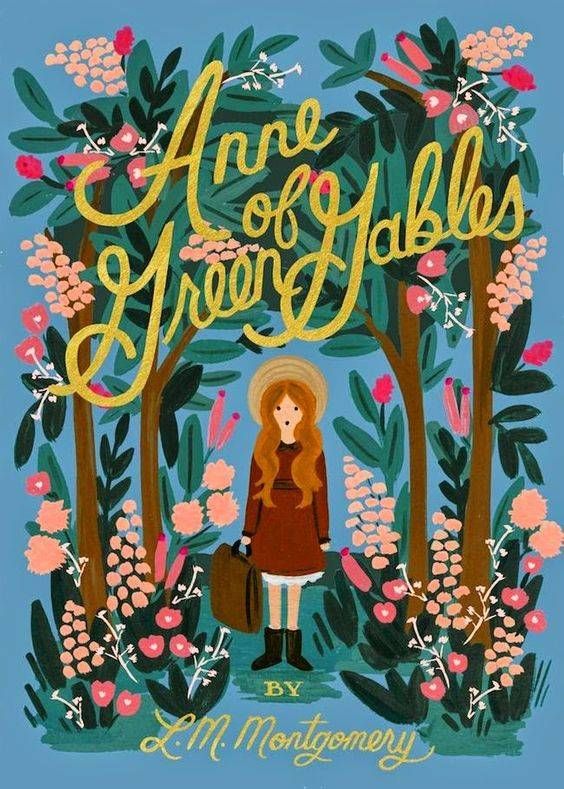
Anne of Green Gables by L.M. Montgomery (1908)
Of the great many books from the turn of the last century that starred plucky young orphans — Oliver Twist and The Secret Garden, for example — Anne’s influence may be the greatest. (At least to me, and I am making the list.) Orphans remain a popular subset of children’s book characters, showing up in books like Under the Broken Sky and The Ogress and the Orphans.
Roller Skates by Ruth Sawyer (1910)
This early take on the summer adventure novel is presented as a diary of the summer 10-year-old Lucinda spends in New York City while her parents are in Italy. Over the course of the book, she experiences both freedom and tragedy, and probably learns a lesson or two. Since then, books like A Thousand Questions and The Emperor’s Riddle have explored summer in new ways.
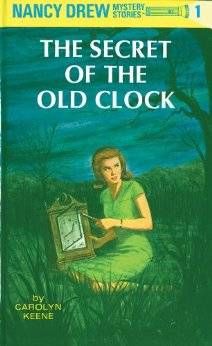
The Secret of the Old Clock by Carolyn Keane (1930)
This book may not have invented girl detectives, but it sure popularized them! One of the longest running series from the Stratemeyer Syndicate, the heroine penned by Carolyn Keane went on to influence countless others, including these classic girl detectives, not to mention more recent books like Goldie Vance and (for older readers) The Verifiers.
The Hobbit by J.R.R. Tolkien (1937)
Given the fact that the novel as a concept predates modern methods of conveyance, it stands to reason that The Hobbit was not the first story about a really long walk, but it was certainly one of the most successful, garnering a prize from The New York Herald Tribune, a nomination for the Carnegie Medal, and spawning a sequel that defined modern high fantasy for decades. No big deal.
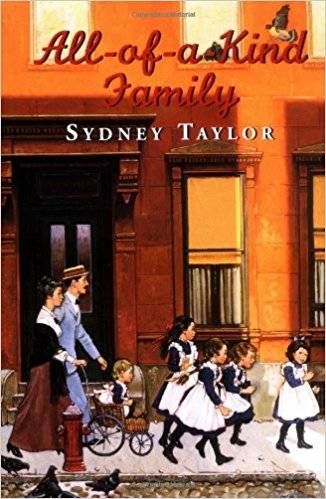
All-of-a-Kind Family by Sydney Taylor (1951)
More than half a century after a Jewish diaspora settled in the lower east side of Manhattan, and six years after the end of World War II, a charming Jewish family entered the libraries and hearts of readers. Books like Always an Olivia have come since to fill in other Jewish experiences.
Charlotte’s Web by E.B. White (1952)
Although White was hardly the only author whose books explored our world from animals’ perspectives, his books are certainly some of the most beloved and long-lasting of the genre. Some recent books about animals are The One and Only Ivan and Mrs. Frisby and the Rats of NIMH.
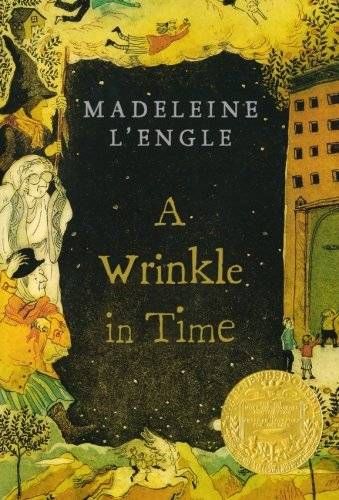
A Wrinkle in Time by Madeleine L’Engle (1962)
Prickly Meg Murry and her magically autistic brother Charles Wallace are two of the most recognized heroes of children’s literature, and their adventure through the universe is among the hardest science fiction written for children. This book’s influences are so great, I turn to The Smithsonian Magazine to enumerate them.
The Book of Three by Lloyd Alexander (1964)
Building on Welsh mythology and influenced by King Arthur, this children’s fantasy series is iconic — and yes, was the basis for Disney’s The Black Cauldron, which takes its names from the second book in The Chronicles of Prydain. (In my opinion, comparisons to Lord of the Rings are unfair as it is wholly for children and explores character in a very different way than Tolkien.)
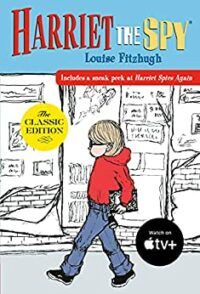
Harriet the Spy by Louise Fitzhugh (1964)
If Meg is prickly, Harriet is downright unlikable, and oh, how lucky we are to have such wonderful heroines! This is one of the early children’s books that is undeniably queer in a way that would be impossible to prove but is absolutely there. Harriet made way for books like Beezus and Ramona and The Sweetness at the Bottom of the Pie.
From the Mixed-Up Files of Mrs. Basil E. Frankweiler by E.L. Konigsburg (1967)
This book builds on the heroines of A Wrinkle in Time and Harriet the Spy, then adds in a mystery element. Find me a girl who grew up anytime between the 1960s and now who did not dream of running away to live in the Met and solve art mysteries. Go on, I’ll wait. What am I saying? You’ll never find her. We all dreamed of it. Some of us are middle aged and still dream of it.
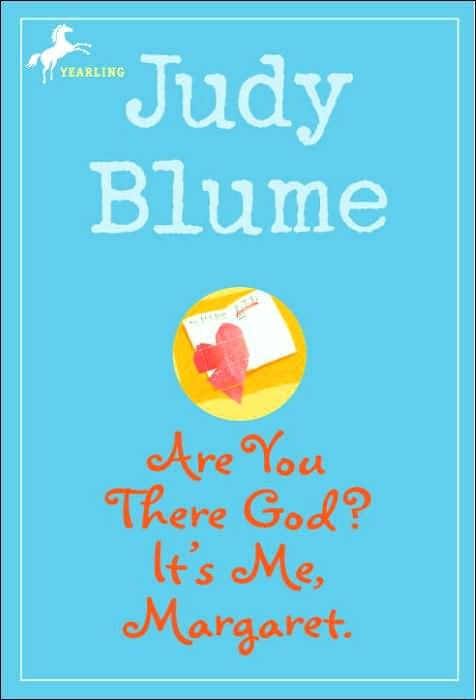
Are You There God? It’s Me, Margaret by Judy Blume (1970)
One of the earlier books to explore religion from a child’s perspective, perhaps setting the stage for The Bridge to Terabithia (which is a few entries down on this list), without this novel about a young, curious Jewish girl who not only questions her faith but also gets her period, we might not have books like Confessions of a Closet Catholic or No Laughter Here.
Tuck Everlasting by Natalie Babbit (1975)
I’m not saying there is a direct line from this book — about a girl who discovers a family that doesn’t age or die — to Twilight, but I’m not not saying that.
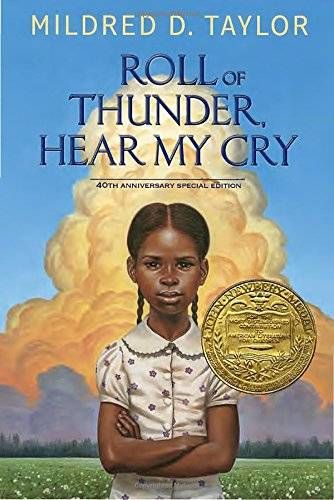
Roll of Thunder, Hear My Cry by Mildred D. Taylor (1976)
Another Newbery medalist, this is one of the earliest mainstream novels to center Black children and issues of racism from outside of a white lens. The book, set in the 1930s and the first in a series about a Black family in the South, offers an authenticity impossible to find in similar influential books like To Kill A Mockingbird.
The Bridge to Terabithia by Katherine Paterson (1977)
This isn’t the only children’s book about losing a friend, nor was it the first, but its effects may have lasted the longest so far. The book is one of the most challenged books of all time according to the ALA, often being criticized for its portrayal of religion and the death of a(n atheist) main character. Here are some more of the best middle grade books about death and grief.
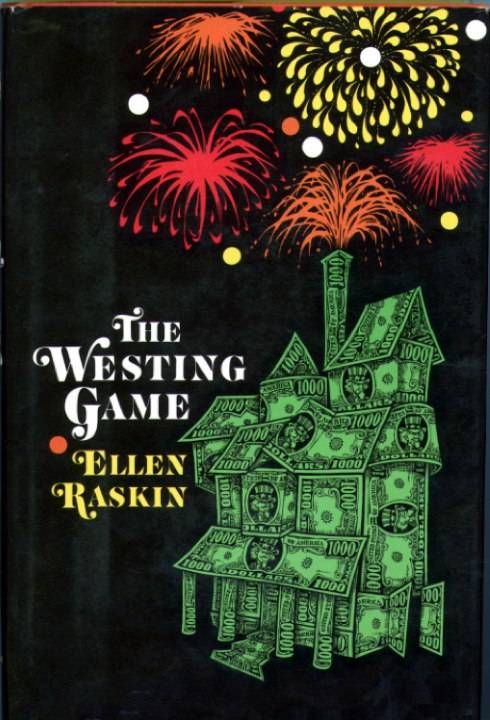
The Westing Game by Ellen Raskin (1978)
While books about a strange clause in a will have existed for as long as wills have, this one took a fun and original spin on the concept, and it spawned many more mysteries in the same vein. I would go so far as to say that without The Westing Game, there would be no Tuesday Mooney Talks to Ghosts, no The Inheritance Games, and perhaps (this one is a wee stretch) no Knives Out.
The House on Mango Street by Sandra Cisneros (1984)
This book, told in vignettes, was one of the earliest to play with form. Because of its lasting impression, we have verse memoir like Brown Girl Dreaming and novels like Gabi, A Girl in Pieces and The Poet X.

Kristy’s Great Idea by Ann M. Martin (1986)
If you don’t know why the first book in The Baby-Sitters Club series belongs on this list, I don’t know what to tell you!
The Giver by Lois Lowry (1993)
One of the earliest dystopian novels for young readers — and likely influenced by sci-fi greats such as Octavia E. Butler, whose Parable of the Sower came out the same year — The Giver went on to influence countless other futuristic societies. Similar concepts can be found in The Hunger Games and Legend.
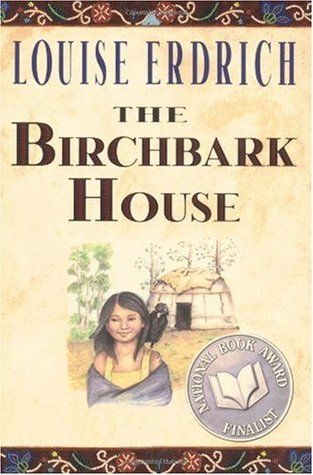
The Birchbark House by Louise Erdrich (1999)
If you were wondering why I skipped the Little House books, here’s your answer: Erdrich’s saga about life in the early Americas presents a non-Colonial look at the 19th century through the eyes of a young Ojibwe girl, Omakayas, and her family. This series can be read as a companion to the Laura Ingalls Wilder series, but it’s hugely influential on its own. Birchbark Books, an indie bookshop in Minneapolis, stocks primarily Native American authors and is owned by Louise Erdrich and staffed by Indigenous people.
Bud, Not Buddy by Christopher Paul Curtis (1999)
This Newbery and Coretta Scott King award winner is the second book on this list about a Black family in the 1930s. This one is set in Michigan and explores elements of the Great Depression through a Black lens, including mention of a Sundown town and an exploration of the joy of music, specifically jazz.
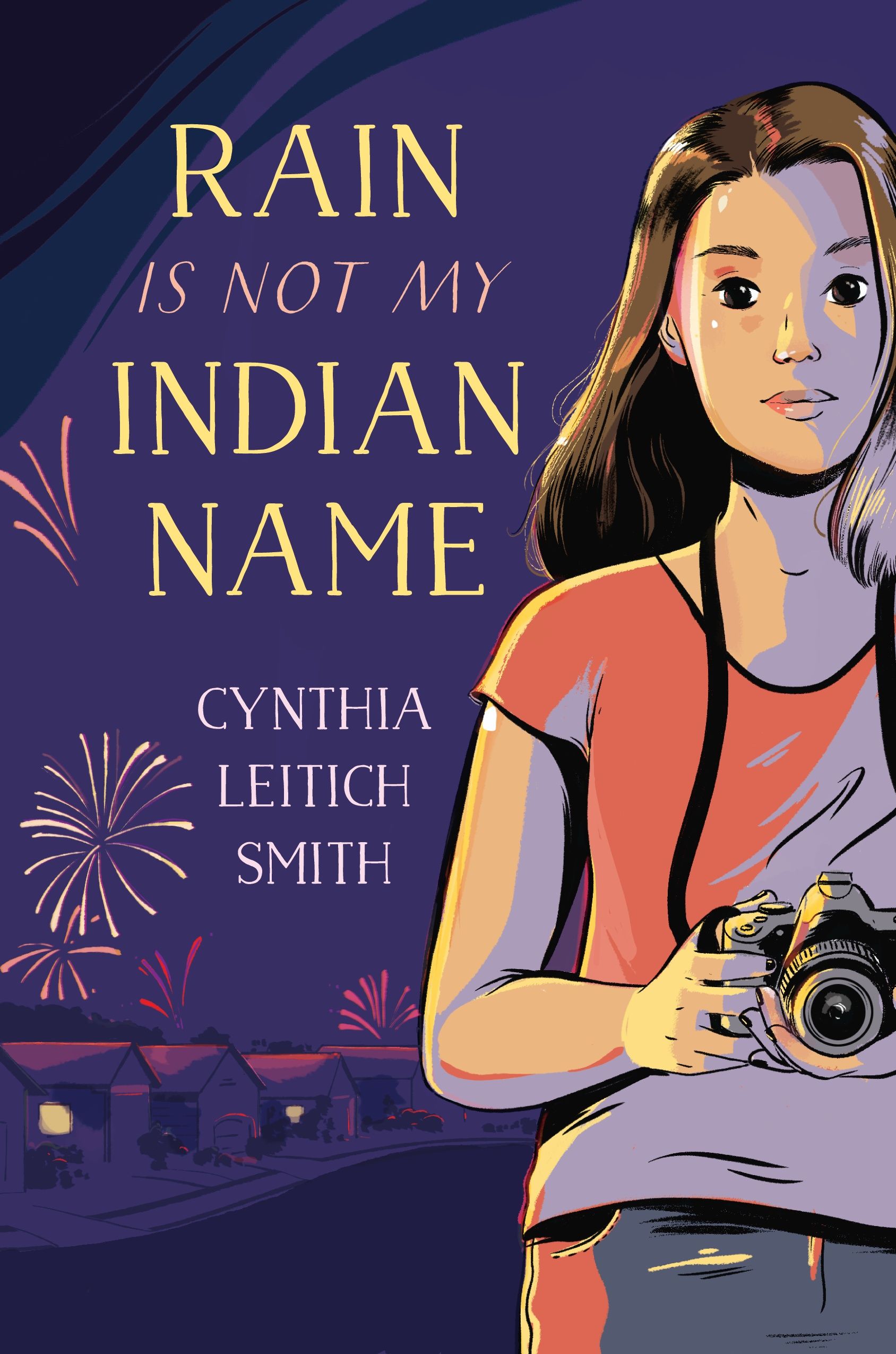
Rain is Not My Indian Name by Cynthia Leitich Smith (2001)
In addition to writing Indigenous fiction for children, author Smith, a member of the Muscogee Creek Nation, curates Heartdrum, an imprint of HarperChildren’s that focuses on Native American fiction for children and young adults. Rain is Not My Indian Name was Smith’s second novel and was one of the first titles (re)printed by Heartdrum.
A Single Shard by Linda Park (2001)
This historical fiction set in 12th century Korea is about a young orphan who learns to be a potter. There have been a number of historicals since that tell non-western stories, including The Crystal Ribbon and When You Trap a Tiger.
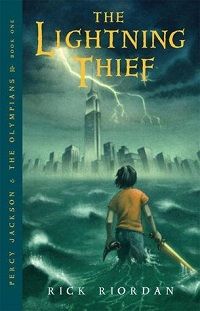
The Lightning Thief by Rick Riordan (2005)
The Percy Jackson and the Olympians books were hugely influential in normalizing neurodiverse characters, and kickstarted the current trend of modern stories based on mythology. Riordan took his influence one step further and created Rick Riordan Presents, an imprint for marginalized authors, because Greek mythology is not the only mythology. Books he has directly enabled include Aru Shah and the End of Time, Sal & Gabi Break the Universe, and Tristan Strong Punches a Hole in the Sky.
Where the Mountain Meets the Moon by Grace Lin (2009)
Predating Rick Riordan Presents, this is one of the earliest modern children’s books based on non-western mythology.
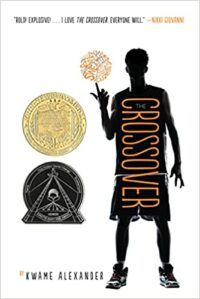
The Crossover by Kwame Alexander (2014)
This novel almost wasn’t published, because publishers were afraid a story about hip-hop and basketball wouldn’t sell. They were very wrong! Alexander was one of the first Black authors to be given a publishing imprint, Versify, though it seems to have been reabsorbed in one of the many recent consolidations of the big six five four. One of Versify’s titles was The Last Last-Day-of-Summer, itself influenced by The Phantom Tollbooth, which nearly made this list.
The Vanderbeekers of 141st Street by Karina Yan Glaser (2017)
This series, which feels to me like a warm hug in book form, took all the great influences of family stories, New York stories, and precocious children stories, and rolled them into one irrepressible story about five siblings in a mixed race family in Harlem, transforming their lives and their neighborhood one adventure at a time. If nothing else, it will prove influential in the way it builds on the past and does so with such utter joy.
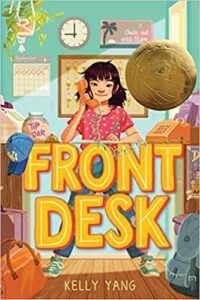
Front Desk by Kelly Yang (2018)
This award winning book about a young girl whose family manages a hotel is one of the first books set in the 1990s to be considered historical fiction, and has been challenged several times for its realistic portrayal of anti-Asian racism. It’s also, interestingly, one of the earlier titles in a slew of hotel-set children’s fiction (though hardly the first).
New Kid by Jerry Craft (2019)
This title is only three and a half years old, but it’s an important addition to the list as an autobiographical graphic novel that uses humor and art to talk about friendship, microaggressions, and more. It’s a bit early to say what the book’s lasting influence will be, but it seems certain that it will have one.
You might also be interested in the Most Influential Fantasy Books of All Time and the Most Influential Sci-Fi Books Of All Time.
Source : 30 of the Most Influential Children’s Books of All Time








